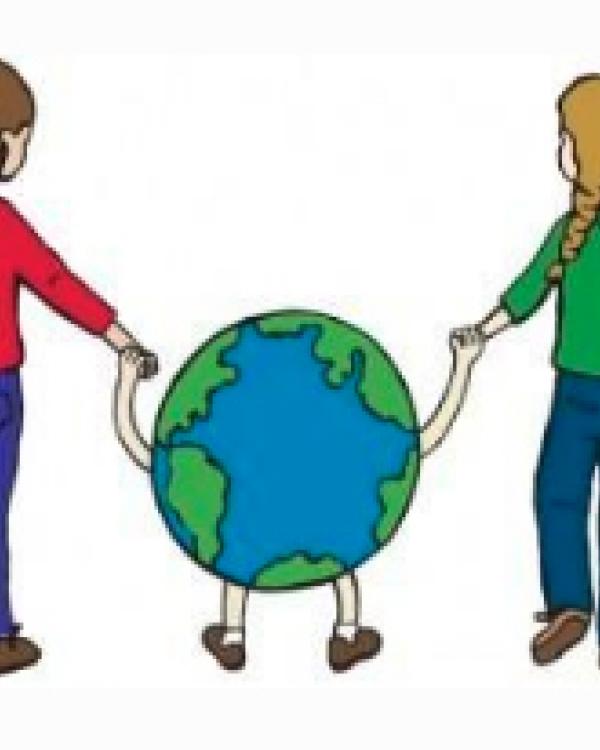
Week 5 of quarantine. I have a moment to come up for air, and reflect on what has transpired in the past month. Personally, I am feeling a little more secure in my family’s daily routine. Seems we are settling on reasonable expectations for each other. Moods have stabilized, and smiles and laughter are slowly re-emerging.
Thinking ahead, I am excited about a project I have been collaborating on with a group of GGSE faculty. SEED - Sustainable Environments through Engineering and Design. The initial goal of this project was to transform the GGSE courtyard into a learning garden that will be used to implement solutions-focused environmental education with children, as well as to provide a training ground for prospective and preservice teachers to learn about and test out ways to engage children in environmental learning.
Like everything else in our personal and working worlds, we’ve had to modify our approach to this project in the face of COVID-19. While the planning of the learning garden has been put on hold, the development of the curriculum is able to move forward. Building on existing collaborations with the Communities Based Literacies programs, Explore Ecology, and Harding, our partner school, the SEED team has applied for funding to develop “environeering” curricular modules that can be tested out in existing school gardens and outdoor spaces when the quarantine is lifted.
I appreciate the dedication and collaborative effort of the group of faculty I have been working with. Most of our meetings have been at the tail end of the week, late on Friday afternoons. Despite being Zoomed out and exhausted, this team shows up ready to contribute.
For me, this project is close to my heart. It brings me full circle back to the beginning of my journey at UCSB. After graduating with an environmental studies degree, I enrolled in the teacher education program with the intent of bringing environmental education to the forefront of my classroom. Well-armed with my multiple subject teaching credential, a master’s in education and a passion for making change, I headed out into the world of public education. It was the year 2001. Standardized test scores dominated school culture and climate change was far off in the distant future. I ventured forth, for 8 years inside classroom walls. I worked within the constraints, doing what I could to support my students in developing a connection to the natural world.
At some point it became too confined, working within the walls, and I sought out the school garden. A learning environment rich with authentic experiences. It was in the school garden where learning came to life. Students who had difficulty focusing in the classroom thrived in the garden. A place where they could seek out physical work, take care of living things, and reap the tangible benefits of a harvest.
Now, climate change is staring at us in the face, and we can no longer ignore the necessity for each and every human to have a connection to the earth, and to be equipped with the skills needed to develop sustainable solutions. It is my hope with the SEED project that new teachers will arrive on school campuses well prepared to establish solutions- focused learning environments that can thrive both inside the classroom and out.
Devon Azzam, Gevirtz School Assistant Director of Outreach, is sheltering in place at home in Santa Barbara with partner Tarek, daughter Sophia (10) and son Dominic (7). Last day in the office 3/13, last day in the water 3/20, last day unmasked in public 4/3, last meltdown a few hours ago. Still running, gardening and listening to the trees.